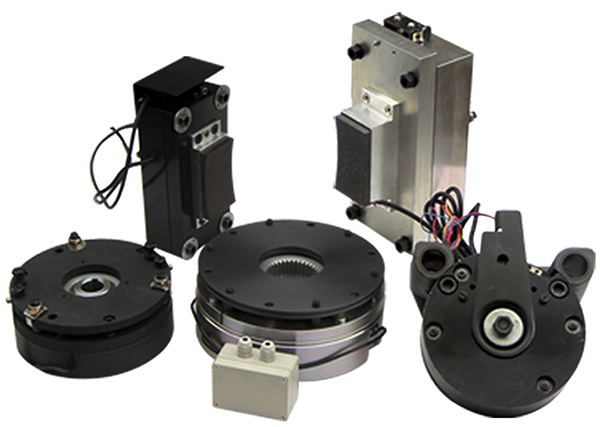Introduction:
Elevators have become an integral part of our daily lives, ensuring convenient transportation in various settings. However, the paramount concern remains the safety of these vertical transport systems, with an emphasis on safety components like elevator brake systems. The safety factor has always been the cornerstone in designing elevator-related products. International standards such as EN81-1 and national standards like China’s GB 7588 outline safety requirements for elevator brake systems. One crucial parameter in this context is the minimum pull-in voltage.
Importance of Minimum Pull-In Voltage:
Elevator brake system manufacturers set a range of factory specifications to ensure the elevator brake system meets usage requirements throughout its operational life. The concept of the minimum pull-in voltage holds particular importance. This parameter represents the minimum voltage required to activate the brake system and ensure its reliable engagement.
Factors Influencing Pull-In Voltage:
Numerous operational scenarios can necessitate a higher voltage to engage the brake system than what is considered normal. Friction pad wear and tear can lead to increased brake clearance, causing higher voltage requirements. Additionally, brake coil heating can elevate the brake’s temperature, resulting in increased resistance and higher voltage demands. Moreover, fluctuations in power supply voltage can lead to lower voltage supply to the brake system. These considerations underline the necessity for adequate voltage headroom when designing brake systems.
Ensuring Longevity and Safety:
The establishment of a minimum pull-in voltage factory standard serves as a robust strategy to guarantee the necessary voltage buffer for brake system engagement. By adhering to this standard, elevator brake systems are equipped to handle unforeseen circumstances and potential wear and tear over time.
Importance of Quality Control:
Inspecting the elevator brake system’s minimum pull-in voltage during manufacturing ensures that the pull-in voltage does not exceed the factory standard. This step is essential in assuring that the brake system, when subjected to rated voltage, can consistently and reliably activate throughout the system’s lifecycle.
Conclusion:
The adherence to safety standards in elevator design and manufacturing is of paramount importance, directly impacting the well-being of elevator passengers and maintenance personnel. The minimum pull-in voltage specification for elevator brake systems is fundamental to maintaining operational safety. Addressing potential voltage fluctuations and operational variances, the minimum pull-in voltage contributes significantly to the integrity and dependability of elevator brake systems, reflecting the industry’s dedication to safety and quality.
Post time: Aug-28-2023

